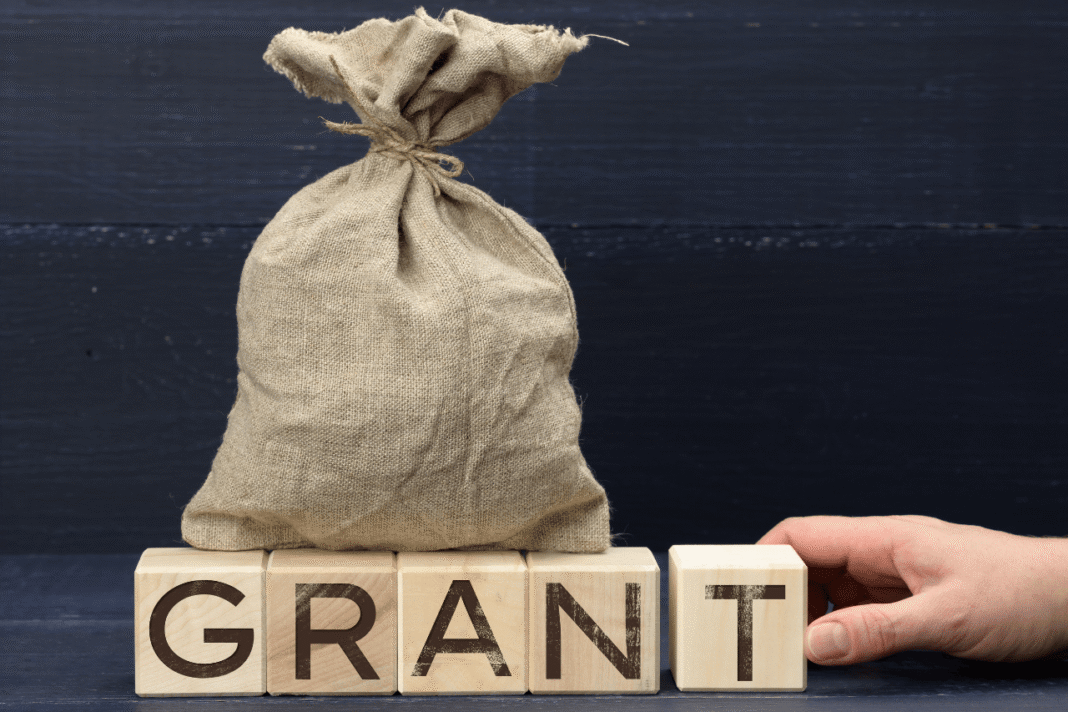Brand awareness is more than a buzzword it’s the foundation of your marketing success. Whether you’re launching a new product, growing an existing business, or trying to revive a fading brand, measuring brand awareness is critical to your long-term strategy.
In this comprehensive guide, you’ll learn:
- What brand awareness really means
- Why it matters for your business
- The top methods for measuring it effectively
- Tools and strategies to track your brand’s visibility and impact
Let’s dive in.
What Is Brand Awareness?
Brand awareness refers to how familiar your target audience is with your business, products, or services. It gauges the extent to which people recognize your brand’s name, logo, and offerings and whether they associate it with specific needs or values.
In simpler terms, brand awareness answers questions like:
- Have people heard of your business before?
- Do they understand what you offer?
- Can they recognize your brand on social media, ads, or in conversation?
A strong brand awareness strategy helps you:
- Stay relevant in a competitive market
- Build customer trust and loyalty
- Create long-term brand equity
- Increase conversions and word-of-mouth referrals
Why Brand Awareness Is So Important
Brand awareness drives your customer acquisition and retention efforts. Even if your product isn’t top-of-mind, brand familiarity increases the chances that customers will choose your offering when they’re ready to buy.
Here’s why building and measuring brand awareness is essential:
- Increases trust and credibility: Consumers prefer familiar brands over unknown ones.
- Drives consistent traffic and leads: Awareness brings prospects into your funnel.
- Encourages brand advocacy: Loyal customers often become vocal brand ambassadors.
- Improves ROI across marketing channels: When people know your brand, every ad or post performs better.
When nurtured well, brand awareness has a snowball effect. The more people who recognize and trust your brand, the more they share it amplifying your reach exponentially.
How to Measure Brand Awareness Effectively
Tracking your brand’s visibility can seem tricky, especially when you’re juggling multiple campaigns. Below are three powerful ways to measure brand awareness, complete with tools and best practices.
1. Measure Social Media Reach
Social media reach is one of the most accessible and insightful ways to measure brand awareness.
Reach refers to the total number of unique users who see your content. On platforms like Instagram, TikTok, Facebook, or LinkedIn, tracking reach helps you understand how far your brand message is spreading.
Key Metrics to Track:
- Total impressions per post or campaign
- Unique viewers over 7 or 30 days
- Average reach per user per post
Tip: Engagement (likes, comments, shares) is useful, but reach is even more critical for brand awareness, especially on platforms where users passively consume content without interacting.
Why Reach Matters:
- Helps identify your best-performing content
- Shows how often your brand is being discovered
- Informs your posting schedule, content type, and hashtag strategy
How to Optimize:
- Regularly review analytics on each platform
- Identify which content formats (Reels, Stories, Carousels) perform best
- Track post reach trends over time to see if your brand presence is growing
2. Use Google Search Console for Branded Search Data
If you’re running online or offline marketing campaigns, Google Search Console is a powerful (and free) way to measure brand awareness.
You’ll see how many users are searching for your brand name or related terms especially after launching a campaign.
What to Look For:
- Branded search impressions (e.g., “YourBusinessName”)
- Click-through rate (CTR) on branded queries
- Growth in branded traffic over time
If impressions and clicks increase after a billboard, podcast, or influencer campaign, that’s a clear signal of improved brand awareness.
Bonus Tip:
Pair this with a CPM (cost-per-thousand-impressions) Google Ads campaign. It’s great for exposure-focused ads, and you can measure awareness by the increase in branded queries on Google.
Why It Works:
- Tracks both online and offline campaign impact
- Offers real-time feedback brand search data is available in 24 hours
- Gives clear visibility into how people discover your brand via search
3. Use Brand Tracking Software and Analytics Tools
While social reach and branded search tell part of the story, brand tracking software gives you the full picture. These tools track sentiment, brand visibility, share of voice, and how your brand compares to competitors.
Why Use Brand Tracking Tools?
- Move from guesswork to data-driven decisions
- Monitor how your brand is perceived in real time
- Discover which audience segments engage most with your brand
- Track performance across multiple platforms and regions
Popular Brand Awareness Tools:
- BuzzSumo – content performance & influencer analysis
- Sprout Social – in-depth social analytics
- Ahrefs – branded keyword tracking & competitor analysis
- Brand24 – real-time brand mentions
- Mention – reputation monitoring
- Brandwatch – AI-powered insights and trends
- Qualtrics – customer sentiment and feedback
Choose Based on Features Like:
- Brand sentiment tracking
- Social listening
- Market segmentation
- Competitor benchmarking
- Visual dashboards and alerts
Pro Tip: Combine qualitative (interviews, surveys) and quantitative (social data, traffic metrics) research for deeper insight into your brand awareness.
Start Measuring Brand Awareness Today
Brand awareness is one of the most valuable metrics for long-term growth. Whether you’re a small business, startup, or growing enterprise, measuring how people perceive and recognize your brand is essential for smarter marketing and stronger results.
To recap, here are the best ways to measure brand awareness:
- Track reach and impressions on social media
- Monitor branded searches with Google Search Console
- Use brand tracking software to gather in-depth insights
Don’t just guess measure what matters. By tracking your brand awareness consistently, you’ll uncover insights that help shape campaigns, win market share, and build lasting customer loyalty.




